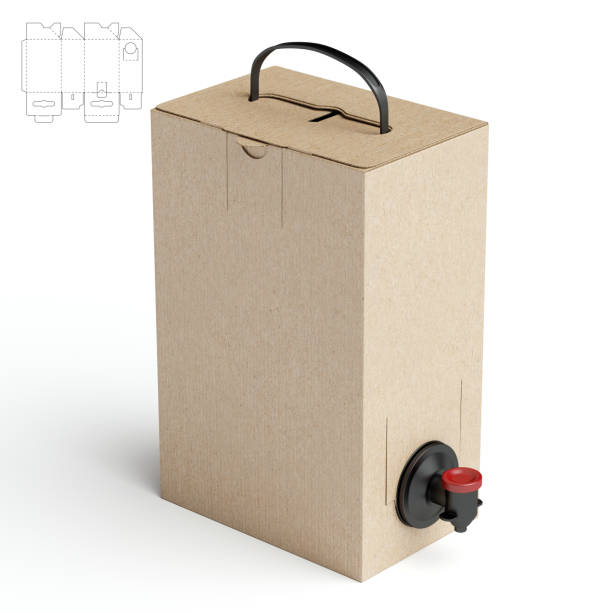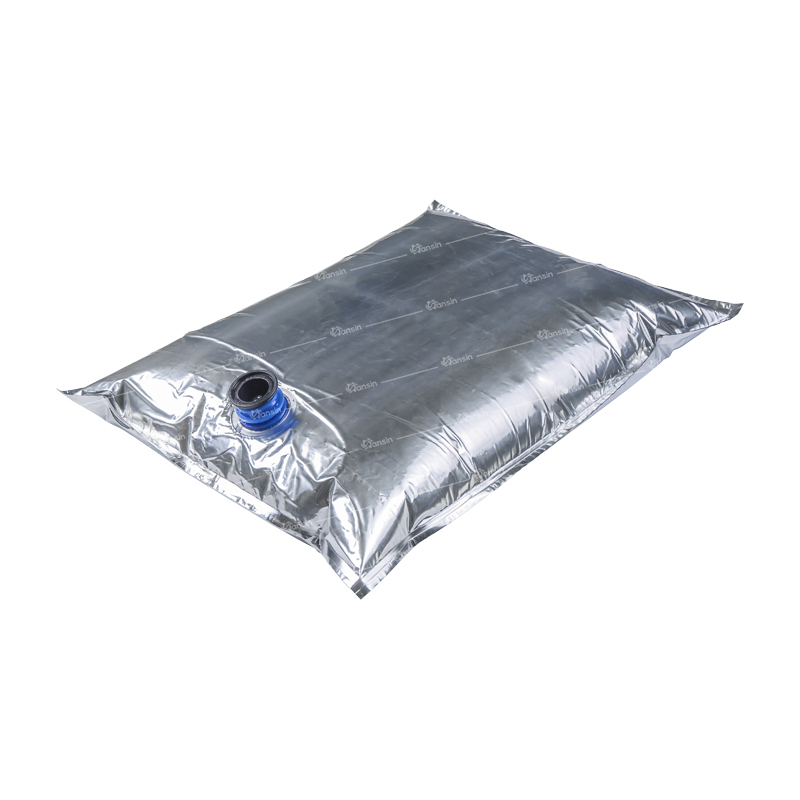Dans la boîte en carton, le nœud du sac d'aujourd'hui se compose généralement de cinq couches de divers films métalliques et / ou plastiques (Fradique et al., 2011; Reeves, 144 Alternative Packaging 2010). Individuellement, ils fournissent les barrières à l'oxygène et / ou au renforcement des membranes pour le sac lui-même (Reeves, 2010).
Les résultats d'une étude de 2011 de l'Université de Bordeaux
matériaux plastiques à plusieurs couches (téréphtalate de polyéthylène) combinés
avec des couches d'une résine de barrière à gaz (un exemple étant un éthylène-vinyle
Copolymère d'alcool et mélange de nylon MXD6) a fourni une protection considérablement améliorée de l'entrée d'oxygène, par opposition à un récipient pour animaux de compagnie à une seule couche, au cours de la durée de conservation généralement courte des vins de sac dans la boîte (Yeamans-irwin2011).
Certains fournisseurs d'emballage font un sac qui utilise une couche métallisée pour fournir une plus grande restriction de l'oxygène. Ce matériau est cependant plus sensible à la fracturation minute pendant l'expédition et la manipulation, créant ainsi la possibilité d'une entrée d'oxygène (Reeves, 2010).
La durée de conservation du vin dans un sac en boîte dépend d'un nombre
des facteurs: taux d'entrée d'O2, température de stockage, humidité, vin
Composition, taille du sac, fracturation du film et taux d'utilisation (Reeves,
2010). En général, cependant, la recommandation est de trois à six mois
(Cravero, 2016).
Outre l'oxygène entrant par les couches du sac, deux autres
Les sources d'entrée sont le robinet ou la vanne en plastique et les coutures. Le potentiel de fuite de l'air dans le vin passe par la couture auquel le robinet se connecte au sac et au robinet lui-même. Selon les conditions de stockage et le type de vin, les chercheurs ont constaté que les composés volatils dans certains vins sont réduits, apparemment causés à la fois par l'absorption du matériau plastique et du joint de robinet. De plus, les dégustateurs d'une étude ont trouvé l'arôme du plastique après seulement 30 jours de stockage dans le sac en boîte (Cravero, 2016).
Une autre étude a révélé que le SO2 libre, qui agit comme conservateur, a été réduit en deux après trois mois de stockage et réduit de 75% après six mois (Cravero, 2016). Tests de goût comparant le vin dans un sac en boîte à celui des bouteilles est au mieux mélangé.


 中文简体
中文简体 英语
英语 西班牙语
西班牙语 俄语
俄语 葡萄牙语
葡萄牙语 法语
法语 德语
德语 意大利语
意大利语






















